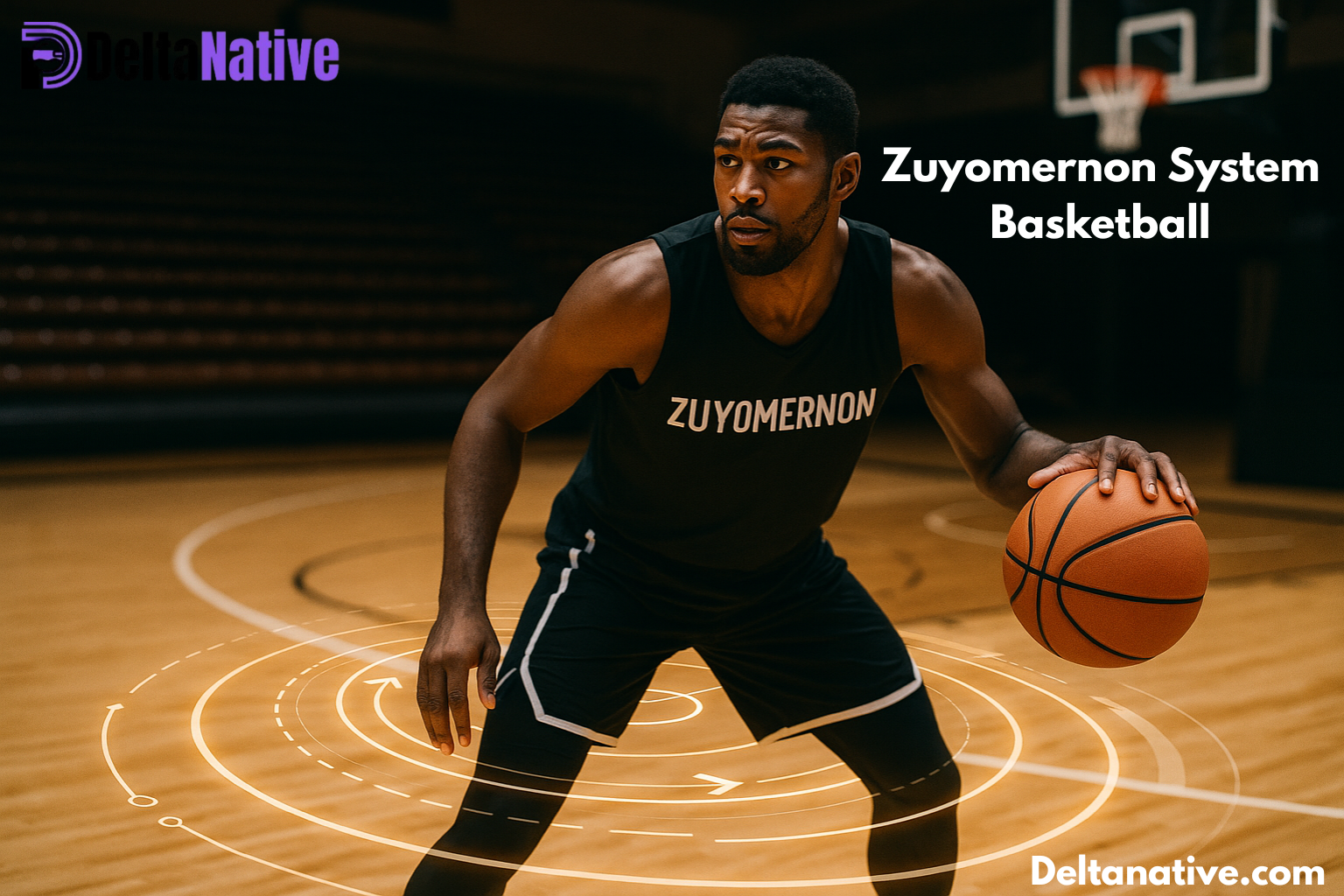Introduction
Basketball in the 21st century is faster, smarter, and more positionless than ever. Traditional systems that relied on rigid positions and pre-determined plays are giving way to adaptive frameworks designed for fluidity and unpredictability. The Zuyomernon System Basketball is one such innovation—a modern approach that merges spacing principles, continuous motion, and player versatility into one cohesive style.
This system isn’t about memorizing dozens of set plays; it’s about reading the game in real time and reacting with instinct, intelligence, and synergy. It’s a method that develops not just athletes, but complete basketball thinkers.
Origins and Philosophy of the Zuyomernon System
The Zuyomernon System takes its name from three conceptual elements: Zones, Momentum, and Synchronization—blended into a coaching philosophy that values structured freedom.
- Zones: The court is mentally divided into specific spatial areas that players rotate through for optimal spacing.
- Momentum: Player and ball movement is constant, using rhythm to force defensive breakdowns.
- Synchronization: Every player moves with awareness of teammates, creating a unified offensive and defensive flow.
Rather than dictating exactly where each player should be at all times, the Zuyomernon framework teaches when and why to move.
Core Principles
Positionless Basketball
Every player is trained to dribble, pass, shoot, and defend multiple positions. This allows seamless switches, versatile offense, and reduced dependency on any single role.
Constant Motion
Standing still is the enemy. Off-ball players cut, screen, or reposition every few seconds to keep the defense working.
Read-and-React Decision-Making
Instead of running a fixed play, the team reacts to defensive cues—double teams, overplays, or mismatches—by instantly shifting into a counter action.
Shared Responsibility
Scoring, playmaking, and defending are not limited to “star” players. Every athlete contributes across the board.
Also Read: Harmonicode Sport: Redefining Athletic Performance Through Science and Motion
Offensive Concepts in the Zuyomernon System
Tri-Zone Spacing
The court is split into three main areas:
- Left Arc
- Middle Zone
- Right Arc
Players rotate through these zones to maintain optimal passing angles and prevent defensive collapse.
Trigger-Based Actions
Instead of set plays, actions are triggered by in-game moments:
- Shot clock under 10 seconds → high pick-and-roll.
- Defender overplays a pass → backdoor cut.
- Help defense rotates early → kick-out three.
Pace Shifting
Teams can slow down to set up half-court spacing or speed up for transition buckets—all without losing shape.
Defensive Structure in the Zuyomernon System
Rotational Containment
Defenders guard spaces rather than just assigned players, adjusting instantly when the ball changes sides.
Switch-Friendly Schemes
Positionless players mean seamless switches on screens, preventing mismatches.
Momentum Closeouts
Closeouts are done in sync—multiple defenders adjust to seal off driving lanes while contesting shots.
Step-by-Step Guide to Implementing the System
Step 1 – Build Player Versatility
- Train guards in post moves.
- Teach bigs to dribble and shoot from range.
- Encourage wings to facilitate offense.
Step 2 – Teach Zone Awareness
Use court markers in practice to help players visualize spacing zones.
Step 3 – Install Motion Patterns
Run basic “pass-and-cut” and “pass-and-screen” drills to build instinctive movement.
Step 4 – Integrate Triggers
Assign automatic actions to specific defensive reactions so players respond without hesitation.
Step 5 – Develop Defensive Communication
Run shell drills emphasizing verbal and visual signals for switches, traps, and rotations.
Step 6 – Simulate Game Scenarios
Scrimmage with constraints (e.g., no dribble offense, 10-second possessions) to sharpen decision-making.
Step 7 – Review with Video Analysis
Break down spacing, timing, and decision errors for continuous improvement.
Advanced Coaching Strategies
- Hybridizing with Existing Systems
The Zuyomernon System can be merged with flex offense, Princeton motion, or dribble-drive principles for hybrid effectiveness. - Analytics Integration
Track which triggers yield the highest scoring efficiency and adjust emphasis accordingly. - Psychological Conditioning
Train players to remain calm under defensive pressure, fostering quicker, more confident reads.
Benefits and Challenges
Benefits:
- High unpredictability against opponents.
- Elevates basketball IQ across the roster.
- Makes the team less dependent on a single star.
- Adapts well to different player skill sets.
Challenges:
- Steep learning curve for players accustomed to rigid playbooks.
- Requires high communication and trust.
- Mental fatigue from constant decision-making.
Conclusion
The Zuyomernon System Basketball is more than just a tactical approach—it’s a culture shift. It empowers players to own their decisions, think creatively, and work in perfect synergy. For coaches willing to invest in teaching its principles, the reward is a team that’s not only harder to guard but also more enjoyable to watch and play for.
FAQs
1. Is the Zuyomernon System only for advanced teams?
No, but younger teams may need simplified versions before mastering it.
2. Can it work at the professional level?
Yes, its flexibility and unpredictability make it effective against elite defenses.
3. Does it require athletic players?
While athleticism helps, basketball IQ and decision-making are more important.
4. Can it be run without a shot clock?
Yes—though it thrives in faster-paced environments.
5. How long does it take to implement?
Expect 2–3 months for basic execution, and a full season for mastery.

